Anaconda-Deer Lodge county commissioners join a growing list of elected officials across the West to pass resolutions of support for public lands, and they are urging other Montana counties to follow suit
After passing a resolution opposing any effort to transfer or sell federal public lands to the state or local governments, the Anaconda-Deer Lodge County Commission is trying to rally other Montana county governments around the value of public lands.
In a late-September meeting, Anaconda-Deer Lodge county commissioners voted unanimously to officially recognize the importance of public lands to the county’s 10,000 residents for attracting outdoor recreation tourism that drives the local economy. The Anaconda Sportsman’s Club approached the county commissioners about a public lands resolution, resulting in the vote. Nearby Georgetown Lake is a year-round fishing destination, and hunters from across the country come to the Pintler Mountains and Lost Creek to pursue elk, mule deer, and world-class bighorn sheep. The county seat of Anaconda is also located within driving distance of some of the most iconic national forests in Montana, Idaho, and Wyoming, with numerous opportunities for hunting, fishing, wildlife watching, hiking, skiing, and backpacking.
Now, the ADL commissioners have sent a copy of the resolution with a letter to elected officials in every Montana county, urging them to take up official statements of support for America’s public lands and oppose public land transfer as a “short-sighted and ill-conceived” idea.
The letter claims that although land transfer has largely been defeated at the local level, special interests and lobbyists are pushing their agenda in Washington, D.C., by convincing lawmakers from states with few public lands that counties in Western states support the idea of transferring ownership. “As fellow Commissioners, we encourage your Commission to pass a similar Resolution supporting federal management of local public lands and honor the dedicated federal employees who manage the public lands and wildlife in your county,” the commissioners write.
“The Anaconda-Deer Lodge County Commissioners and the Anaconda Sportsmen’s Club should be commended,” says Scott Laird, Montana field representative for the Theodore Roosevelt Conservation Partnership. “They’re the first county commission in Montana to pass a resolution supporting our public lands and opposing the transfer of these lands to state or local governments. It’s heartening to see this movement grow at the county and local level, where a vocal minority would have lawmakers believe that Montanans want transfer.”
“The County’s resolution recognizes the importance of public lands,” says Terry Vermiere, chairman of the Anaconda-Deer Lodge County Commission. “These lands bring irreplaceable value to our county’s economy, recreation, heritage, and quality of life.” Ben Krakowka, the county’s attorney adds, “This action was meant to send a message that selling off or giving away public lands is a bad idea. People come here from all over to vacation on our public lands. That opportunity doesn’t exist for many people from the eastern part of the country.”
A total of 30 pro-public-lands resolutions have been passed by county and municipal governments across the West in the past two years. Anaconda-Deer Lodge County is the first in Montana to do so. For links to these resolutions and other official statements of support for public lands, visit sportsmensaccess.org.

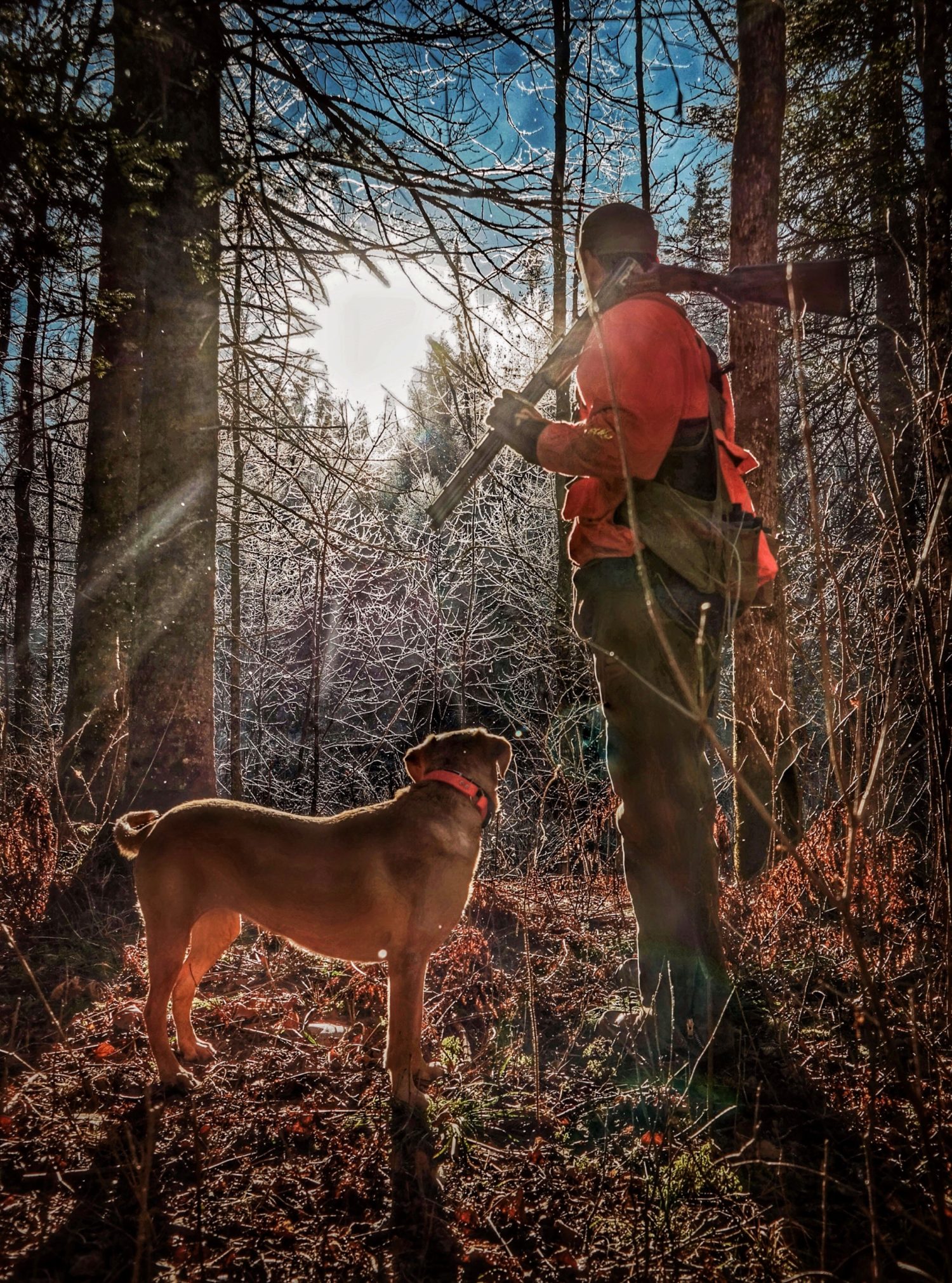
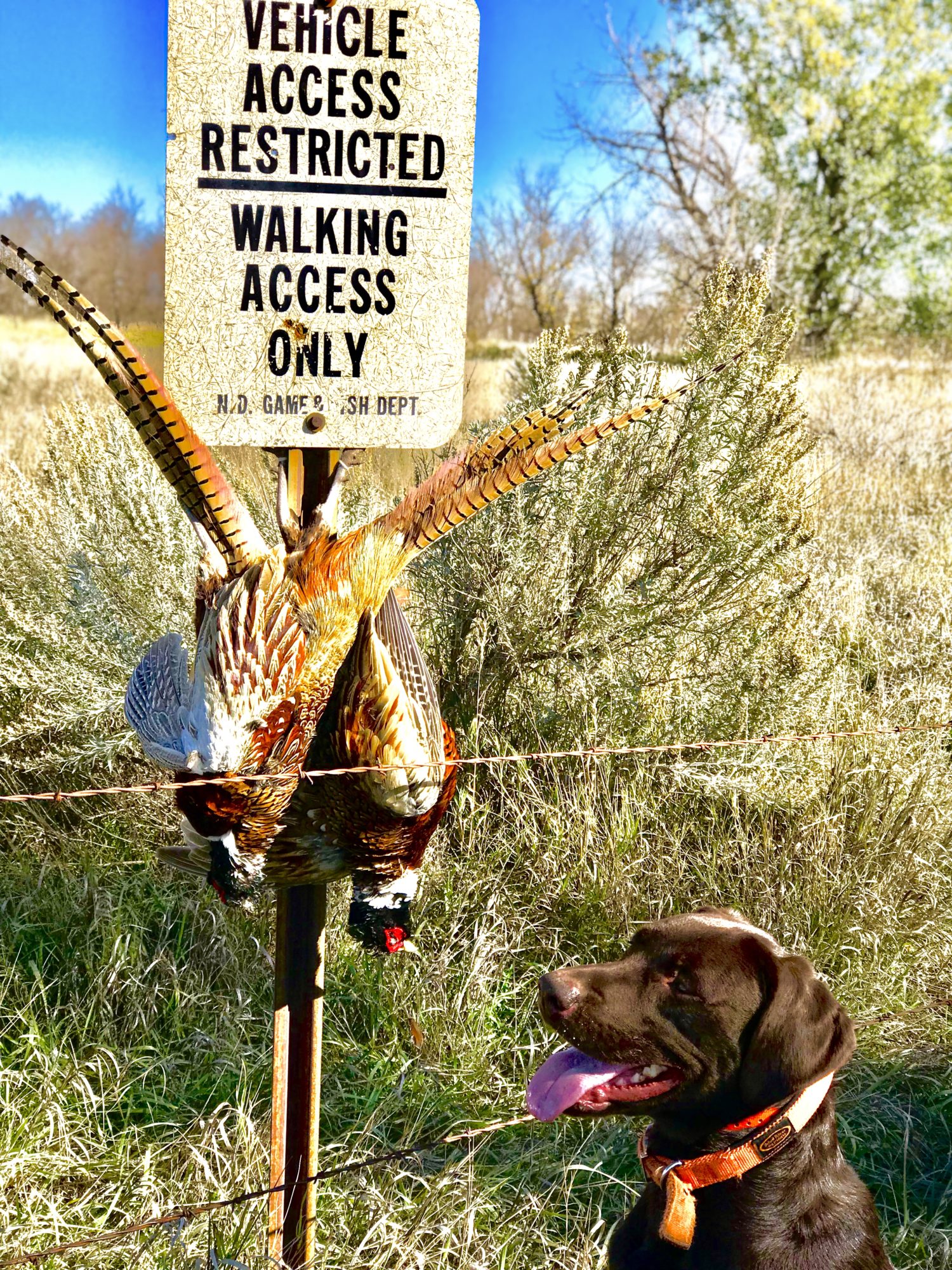
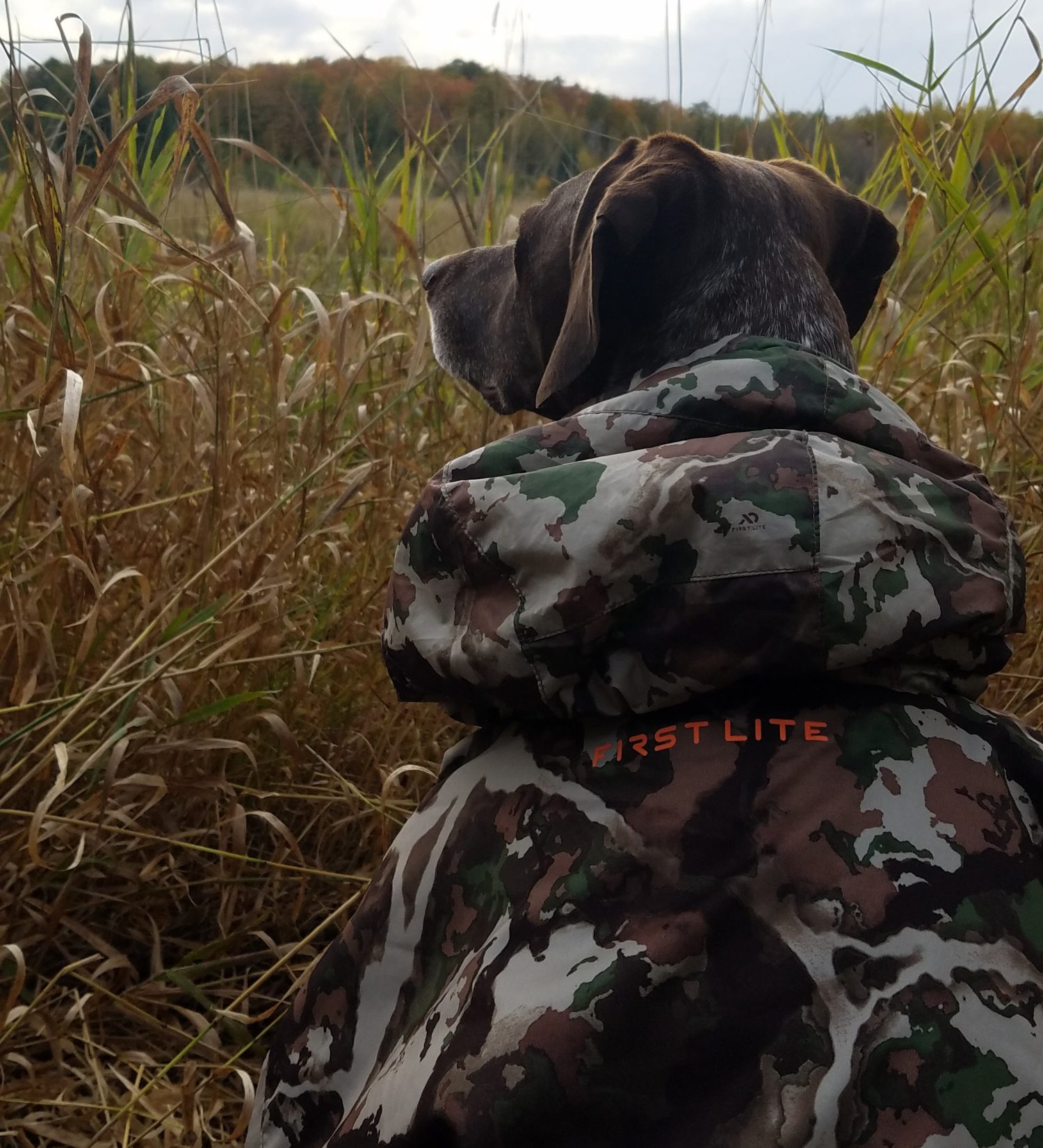
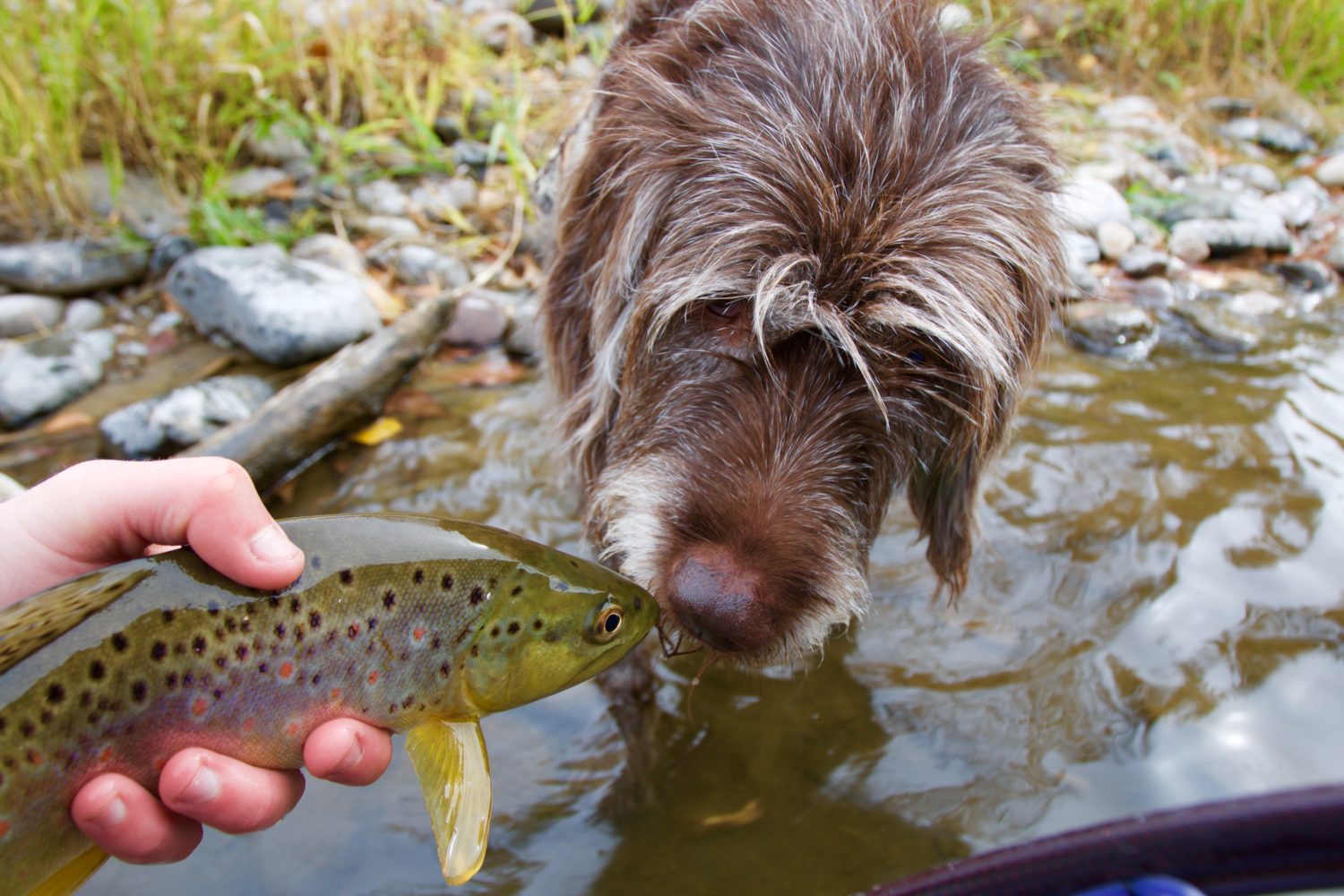
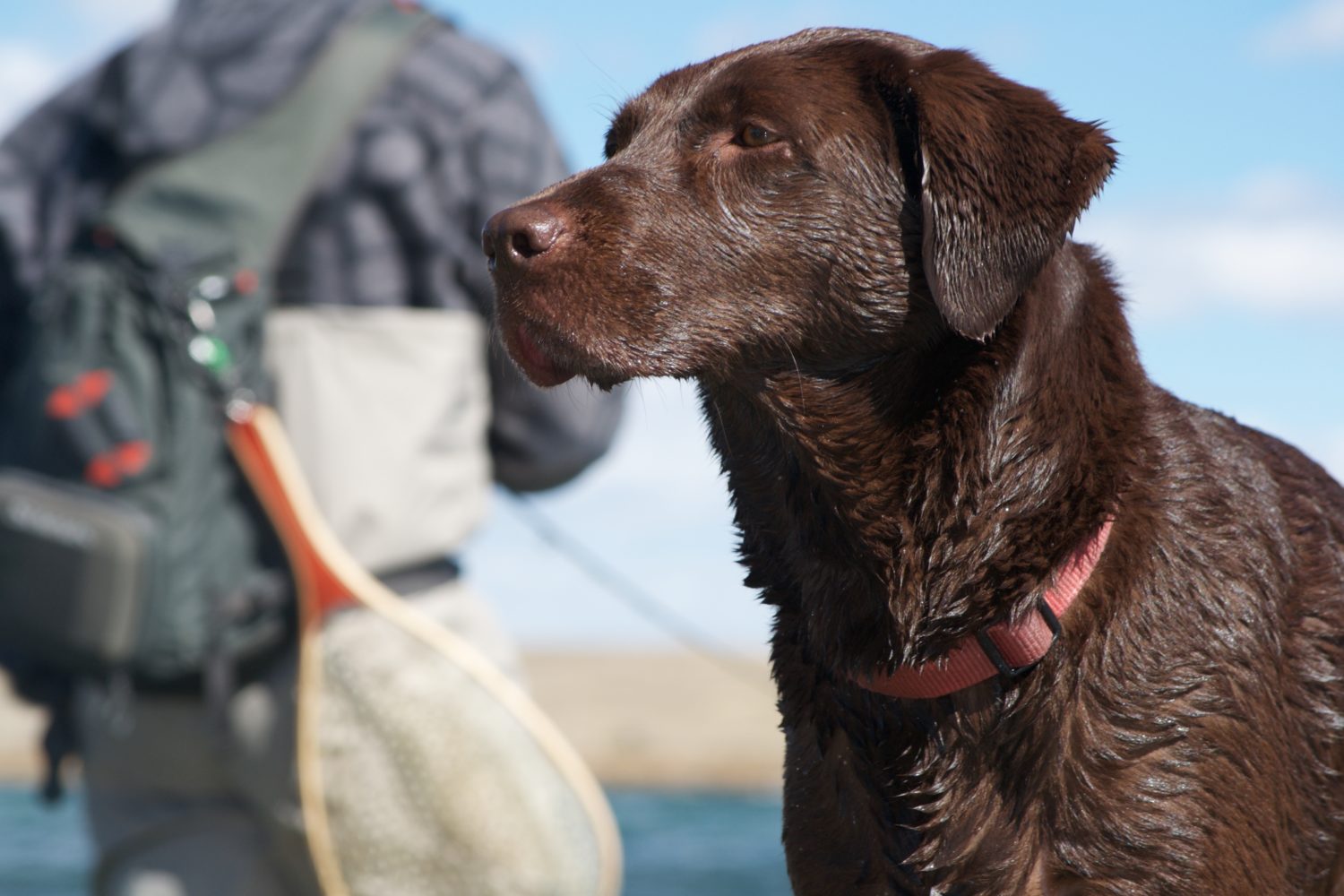
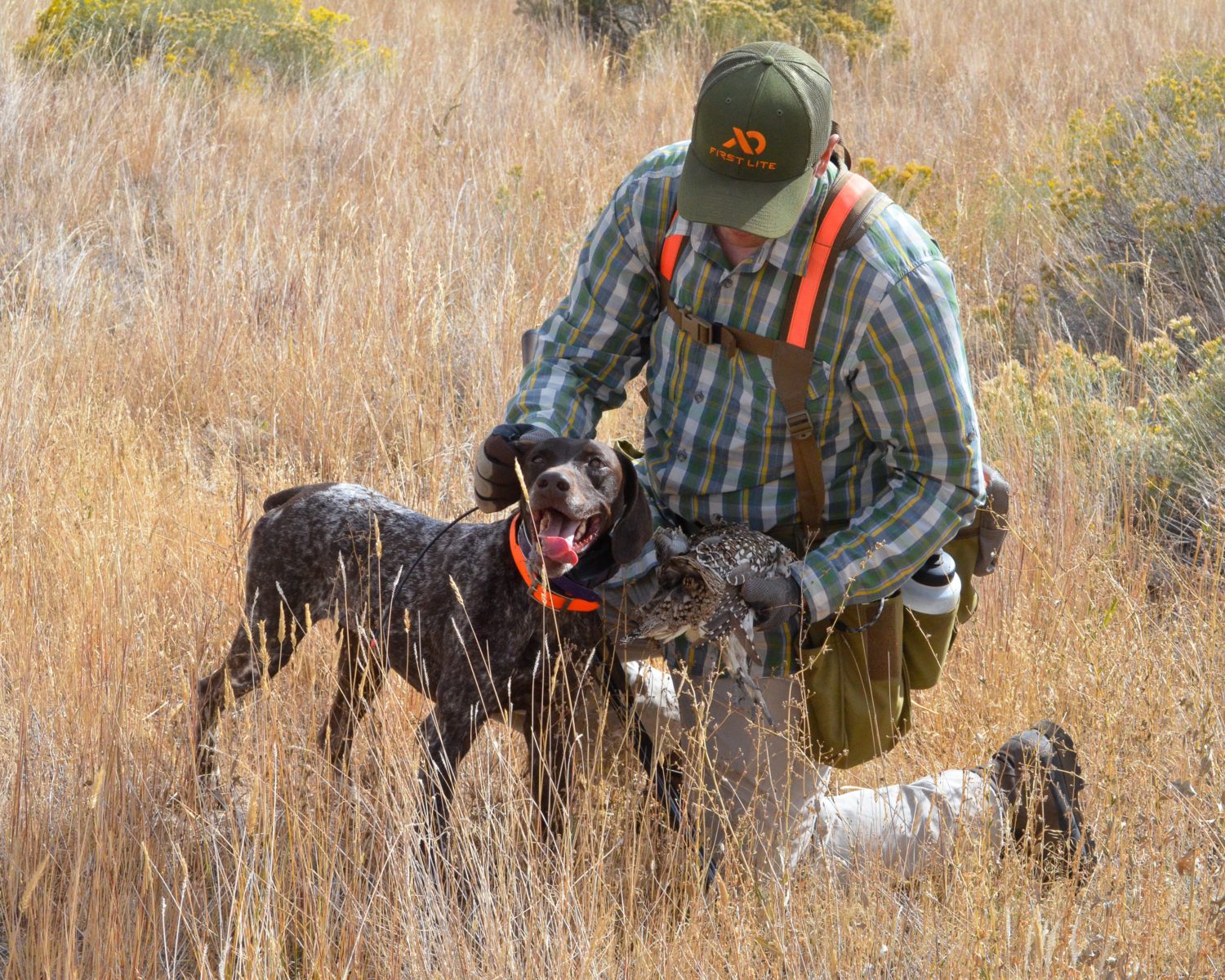
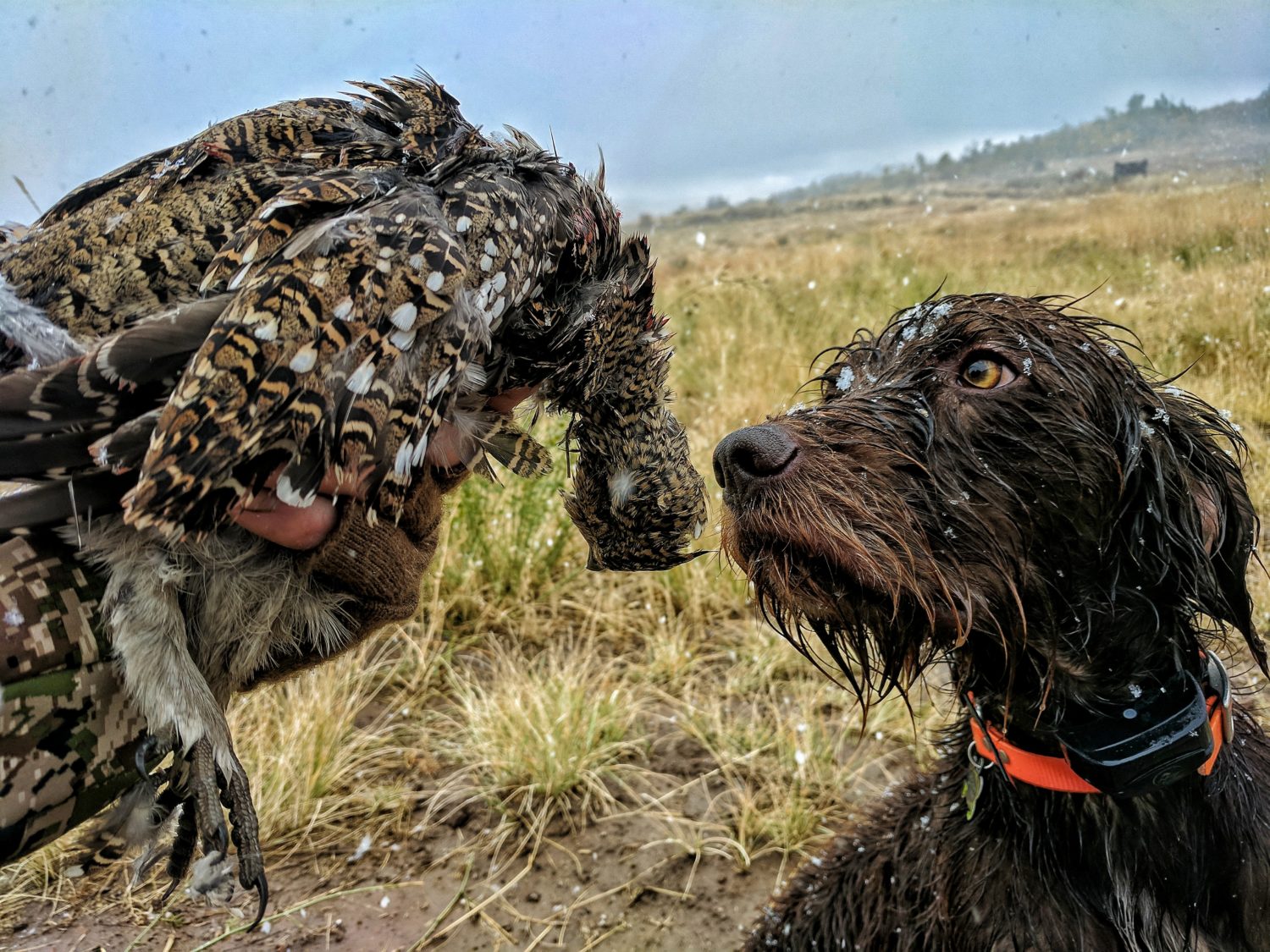
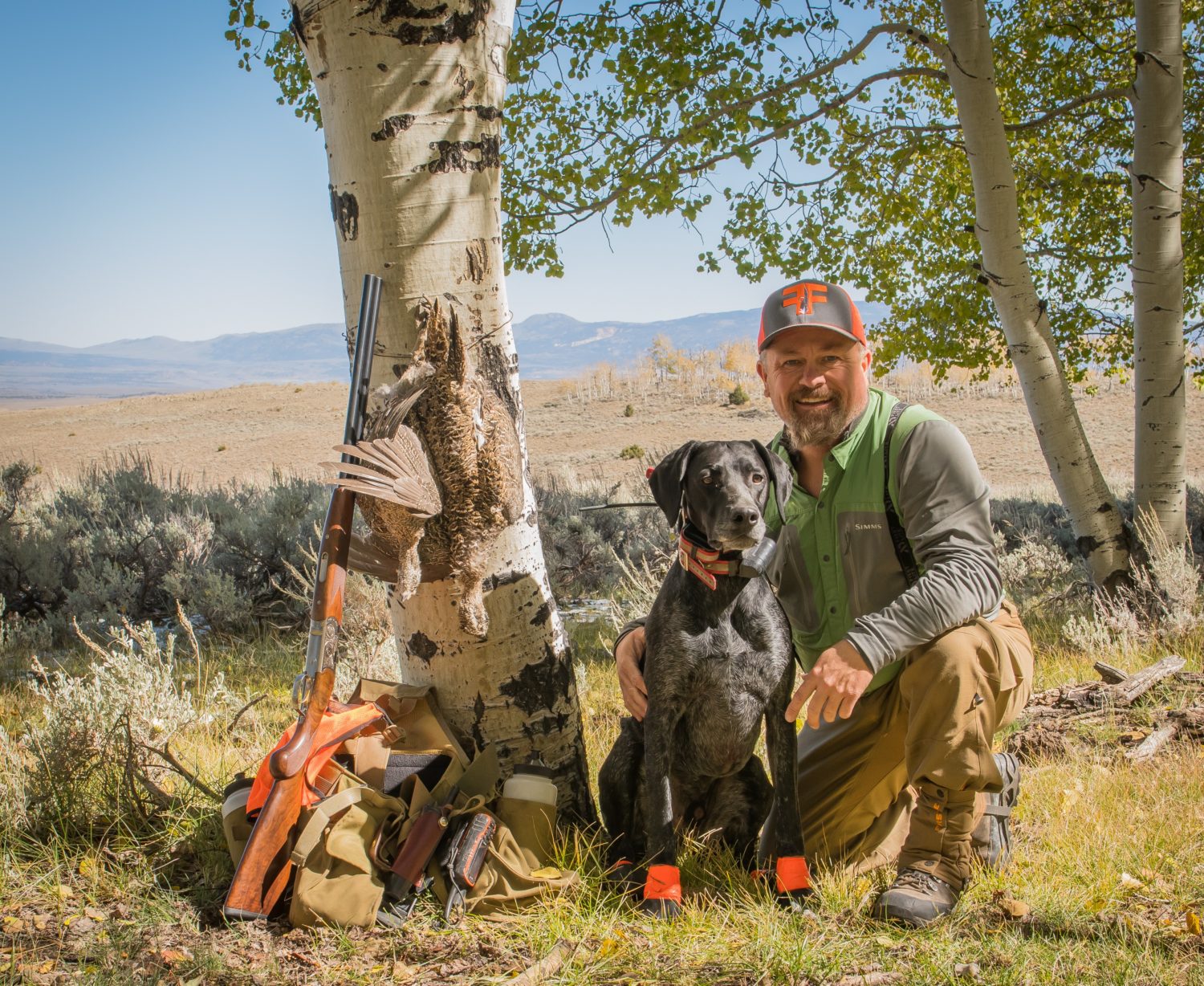
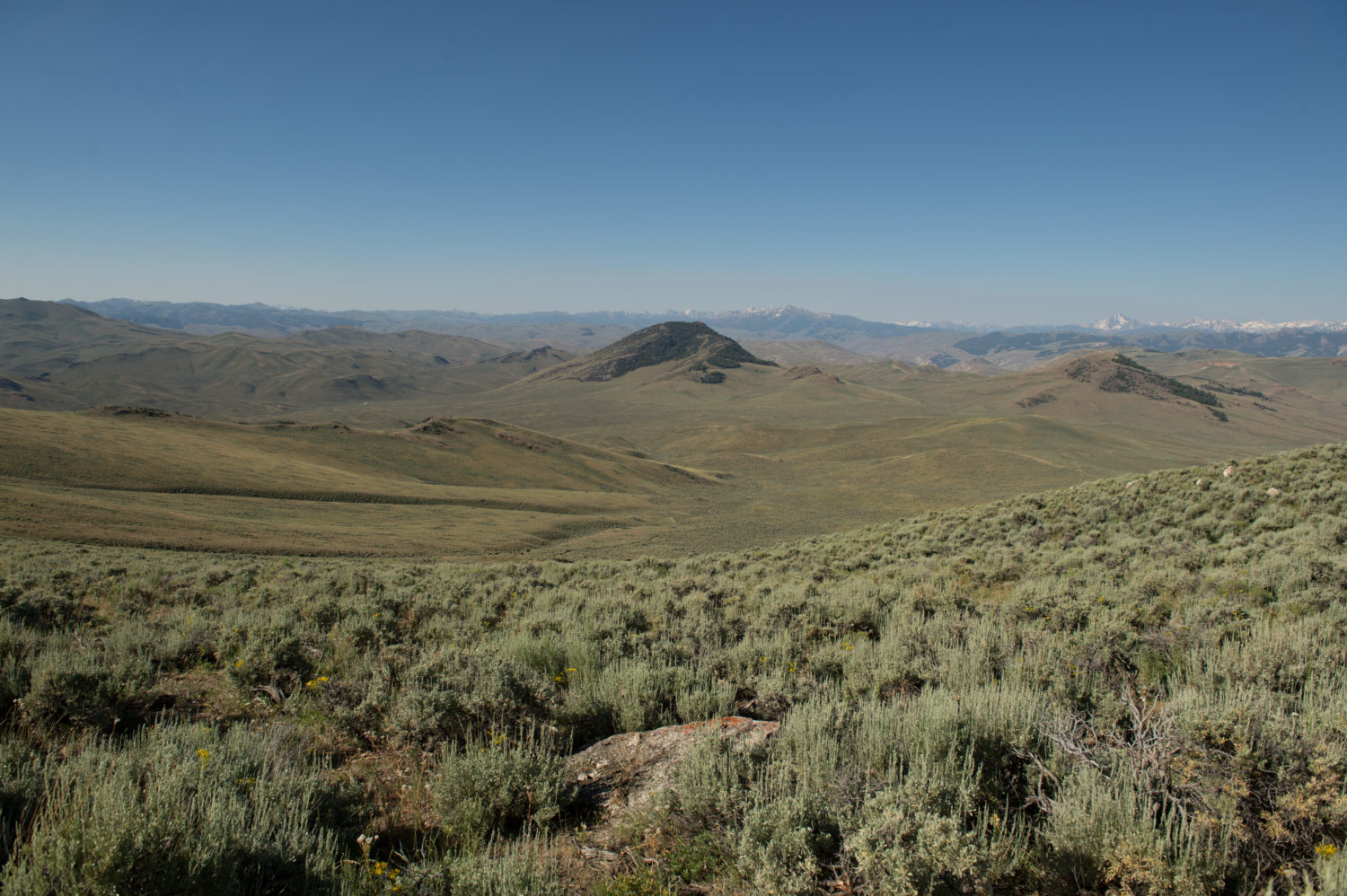
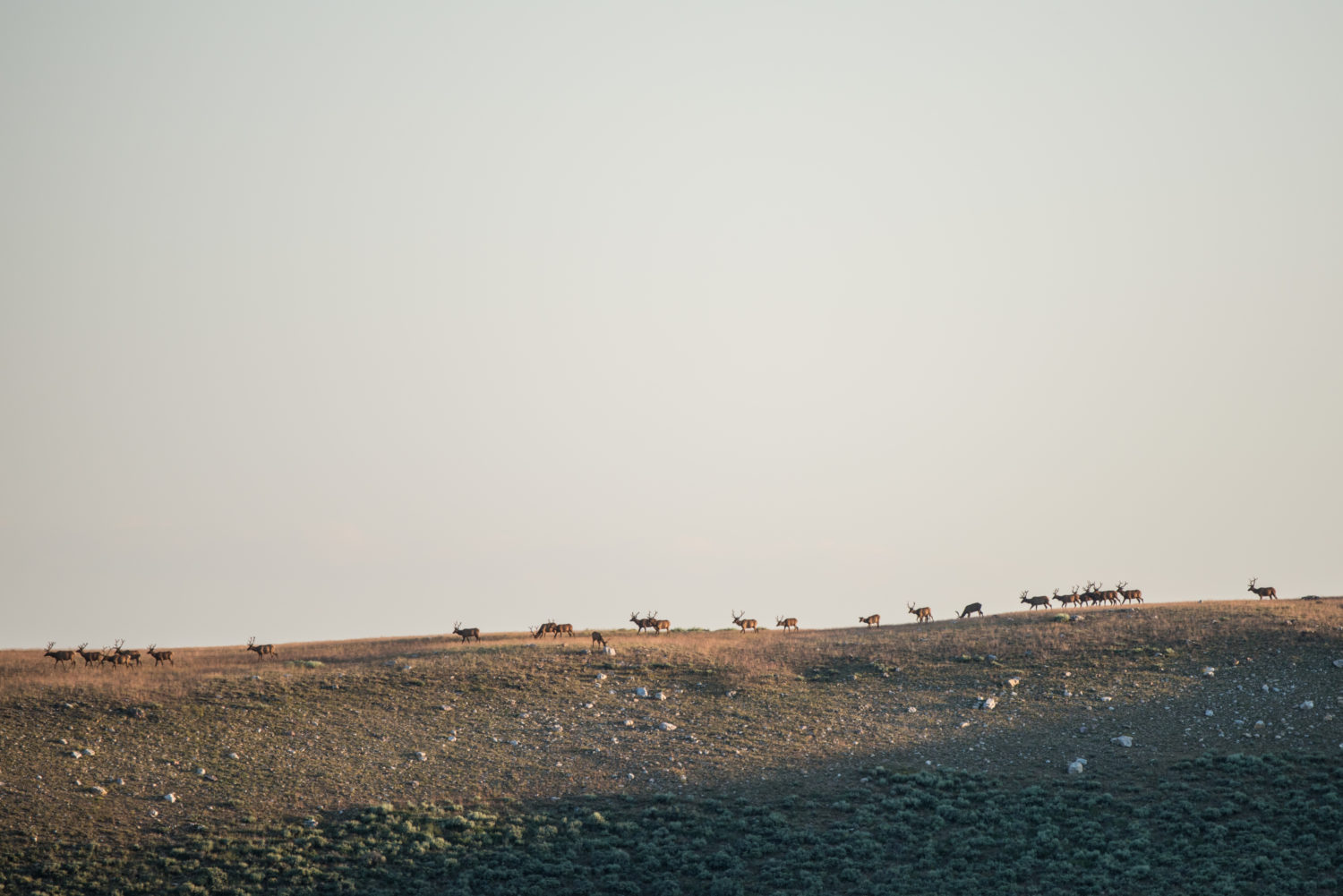
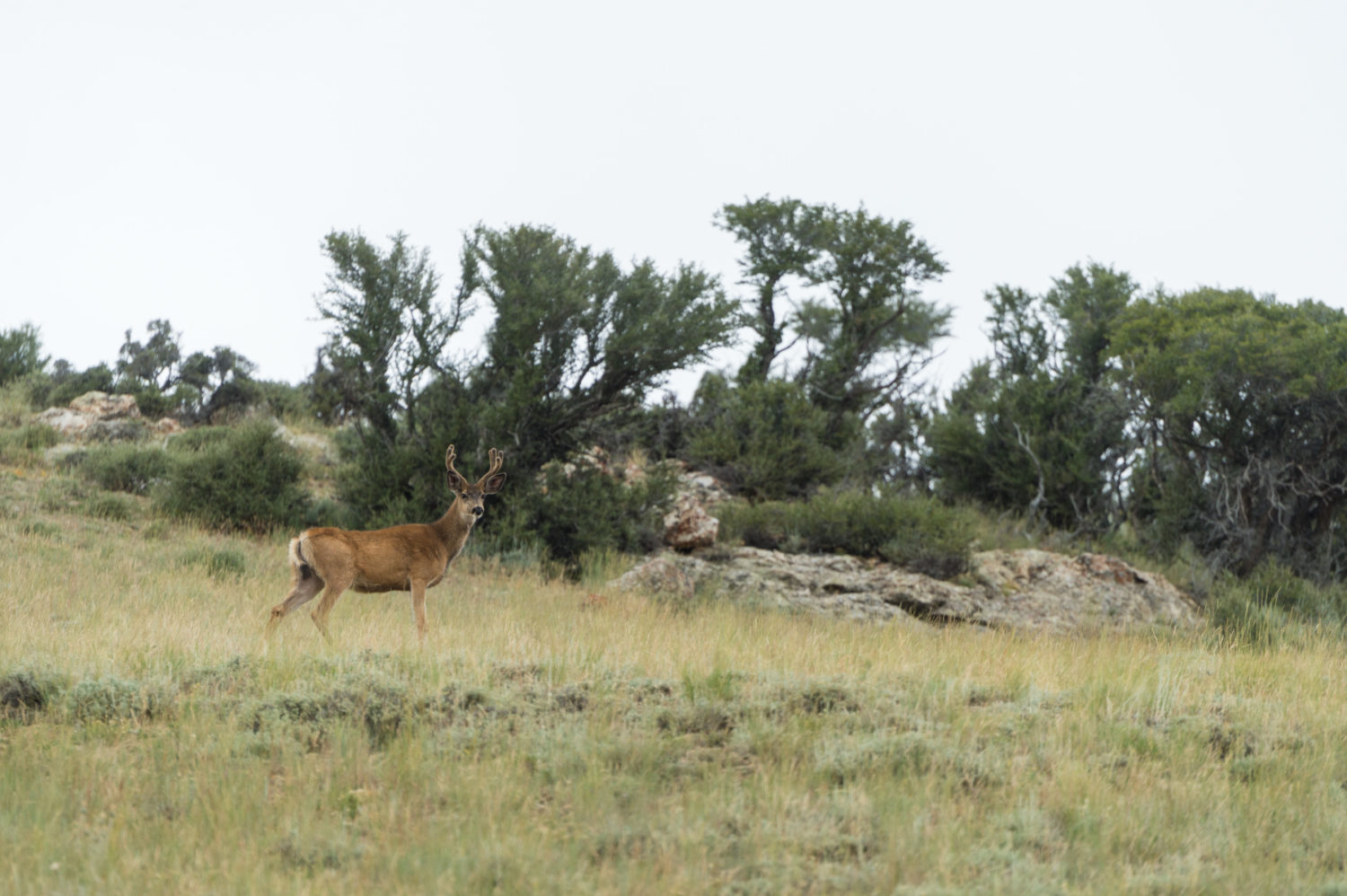
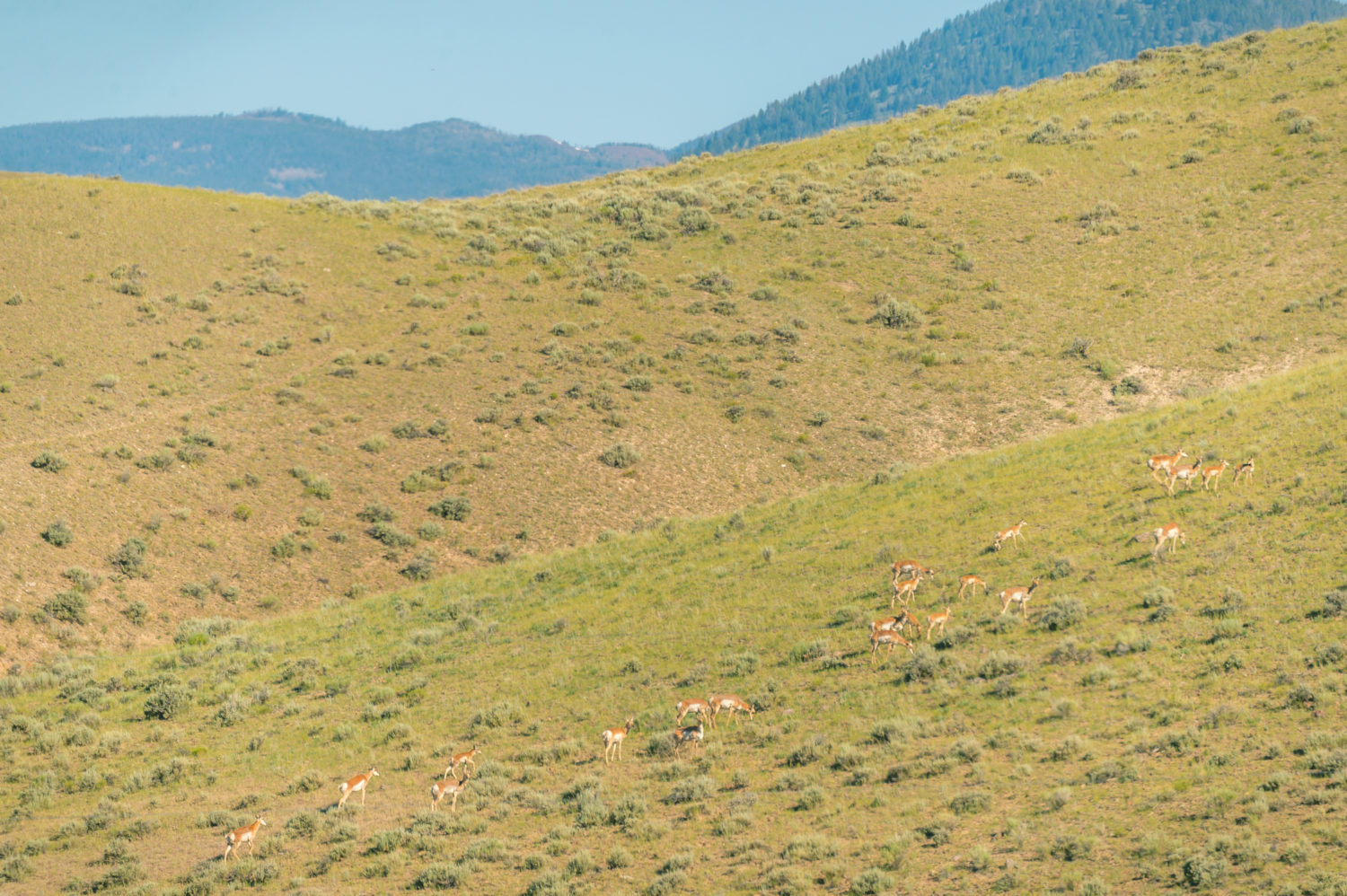
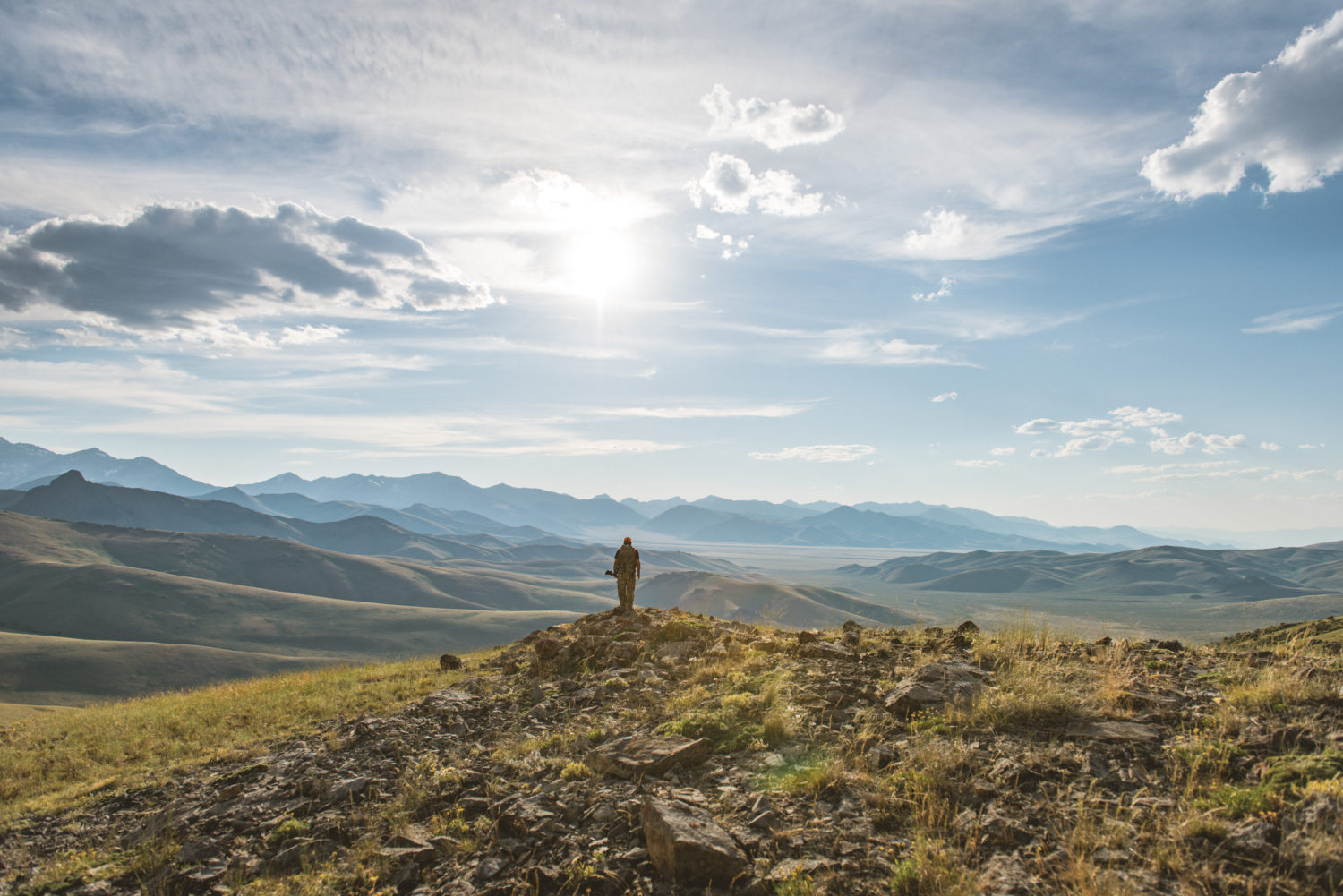
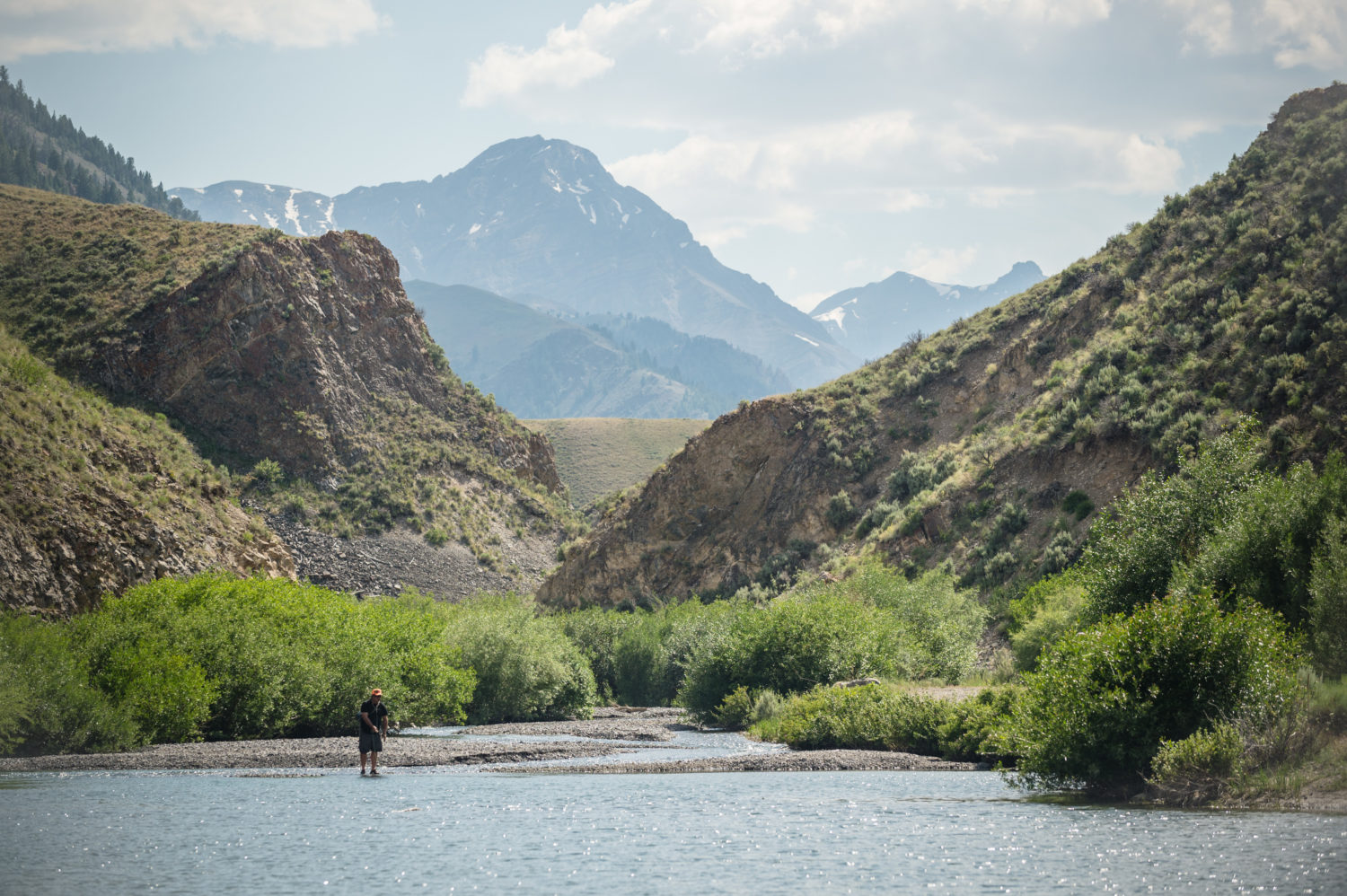
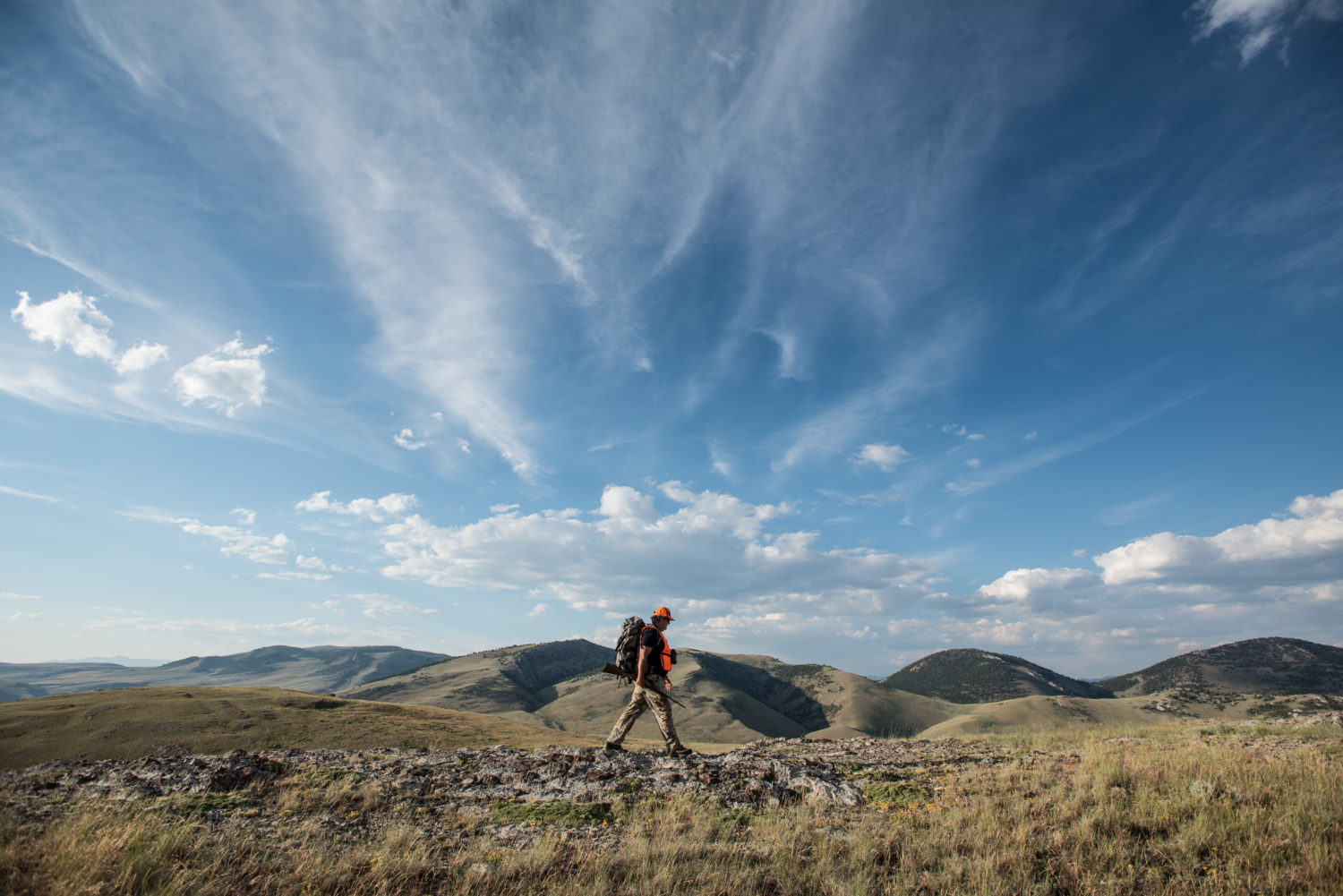
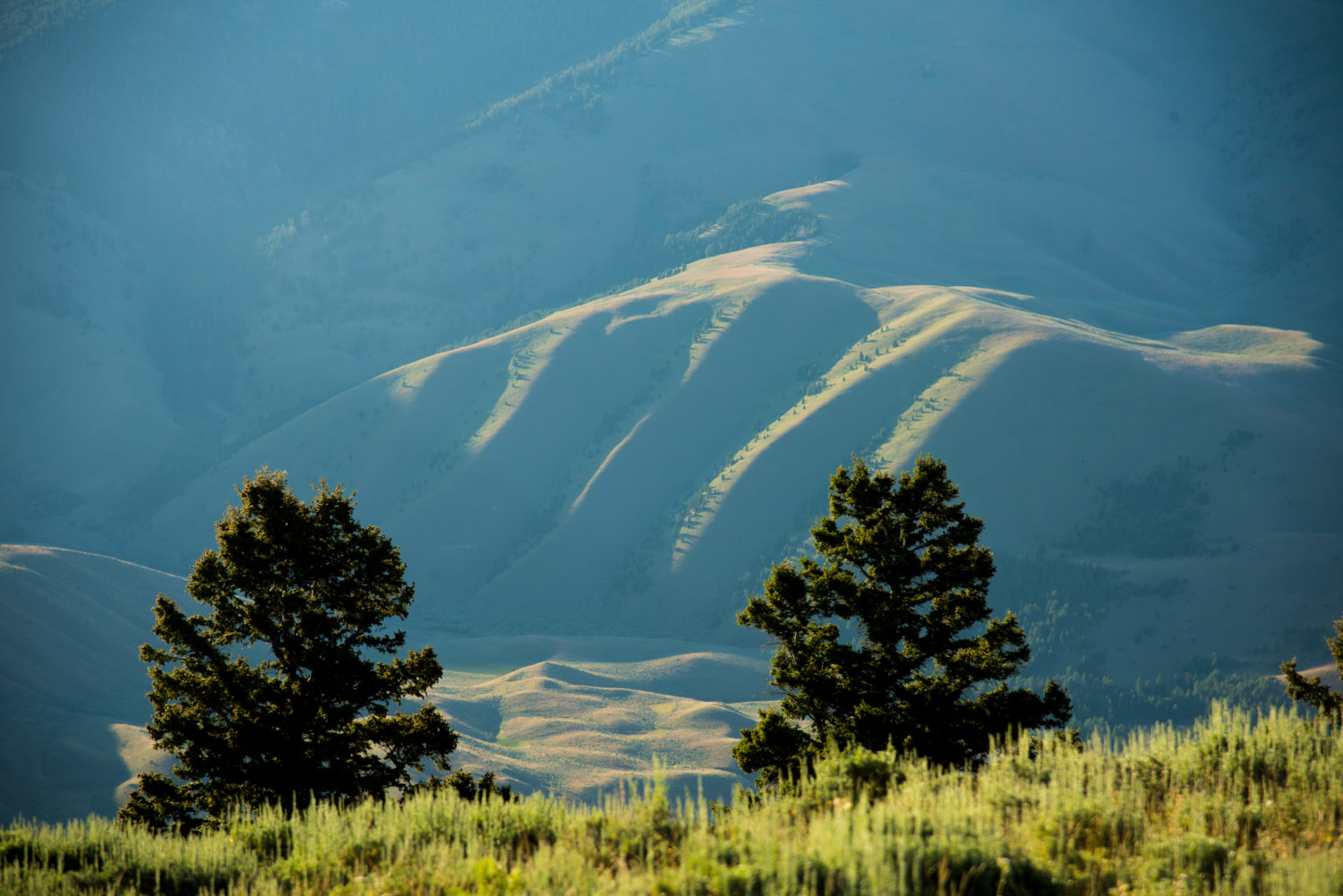
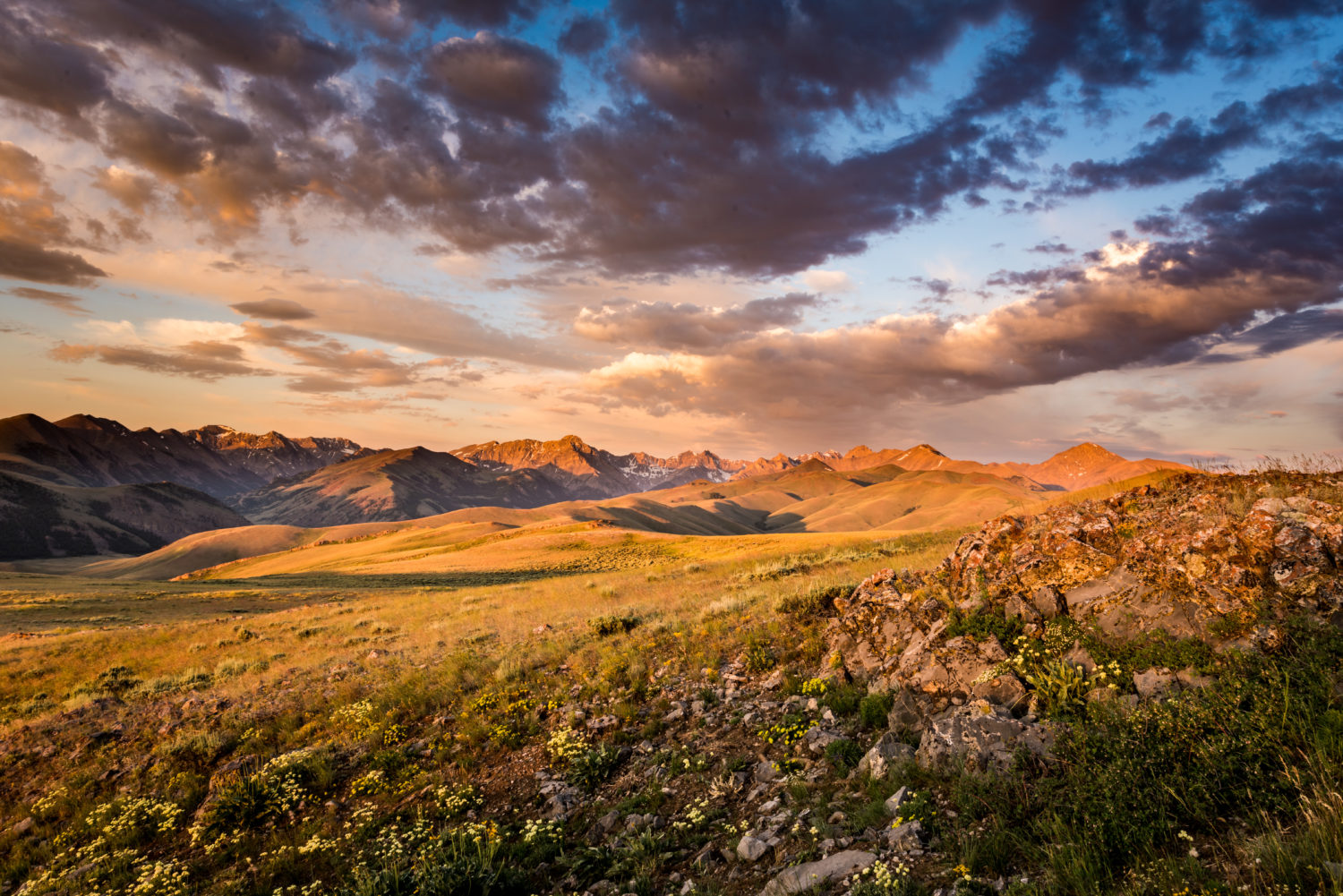
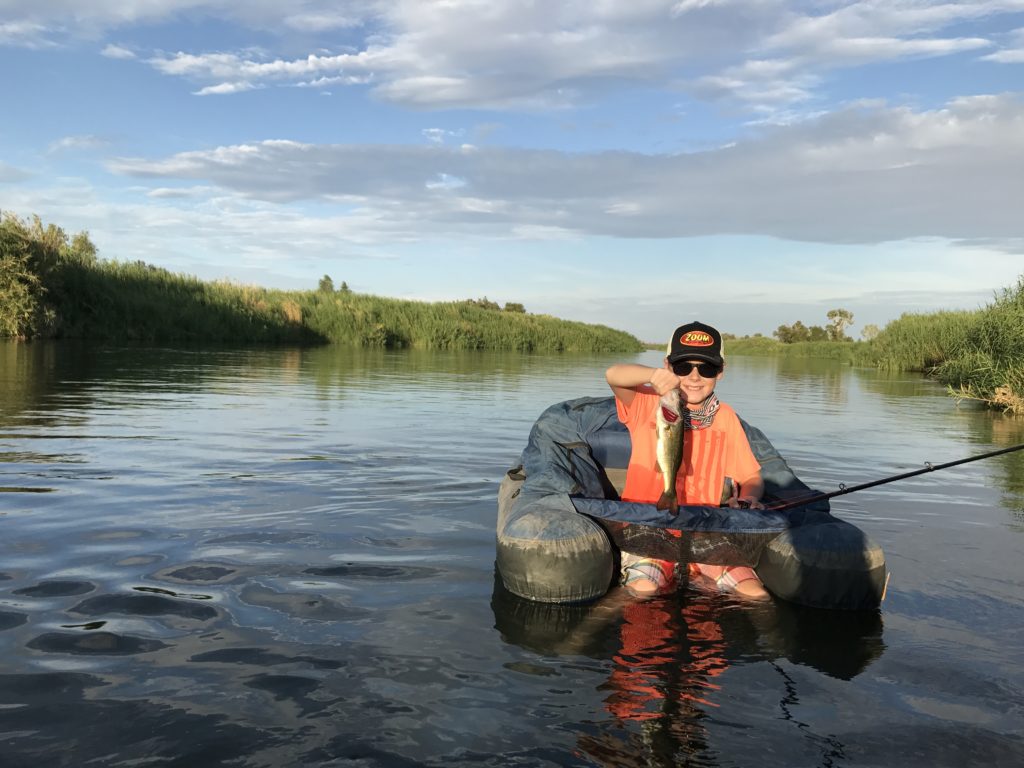

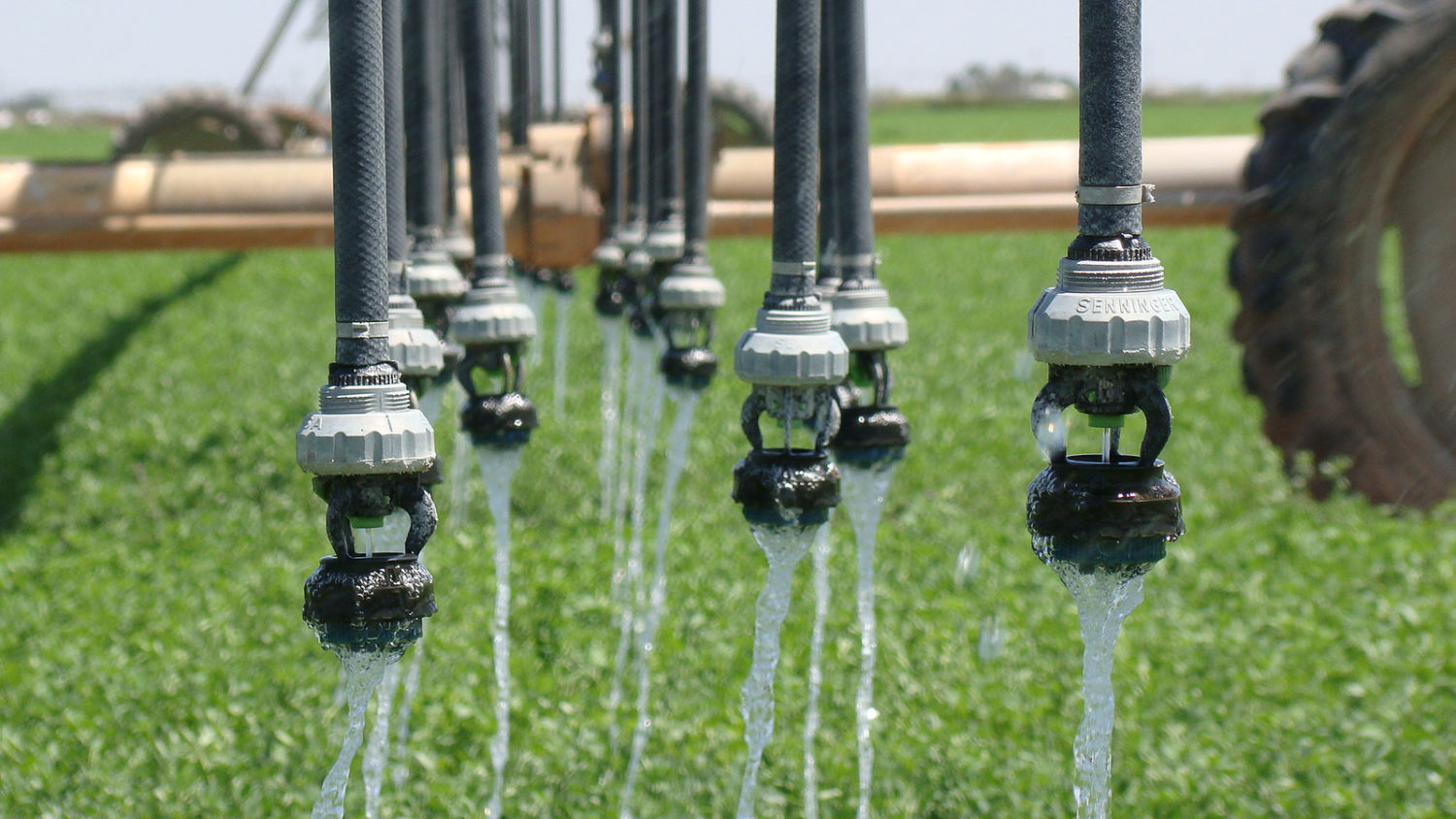
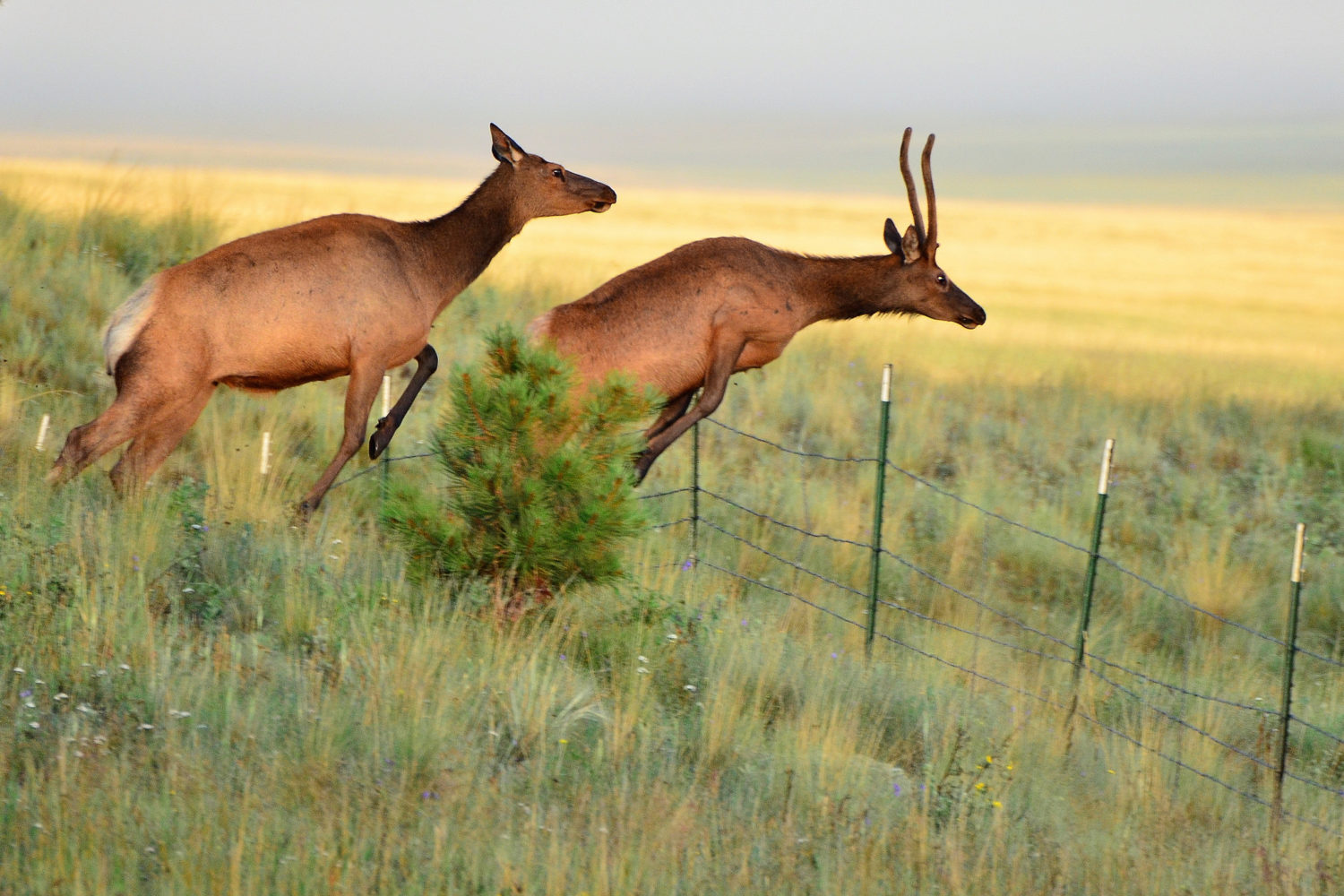
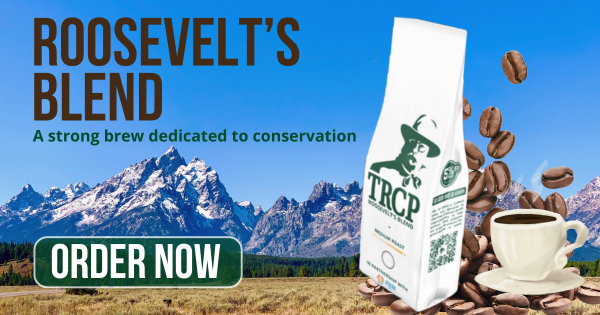



We certainly approve of this move. And HIGHLY disapprove of those in Washington and elsewhere who would attempt to steal our lands from us!
Absolutely awesome! Now each State needs to get this kind of issue into the Constitution; Hunting and Fishing on Public Land to be retained!
this is a GREAT idea. Would be nice if ALL counties did this and then MAYBE 45 and his minions would take notice, that they can’t destroy this nation
Born and raised in the Flathead Valley in Montana who still visits frequently and has family there, I wholeheartedly approve the County’s plan to oppose any sell-off or transfer. Montana remains one of the most amazingly beautiful natural places not just in America, but in the world.
Great article, but from my standpoint I am dissapointed to see that the Anaconda Sportsmen’s Club was not even mentioned on your article when you came to us for our help to get your foot in the door. Again thankyou for all you do. Tim Jorgensen P.S. this is my own opinion and down not reflect the Clubs view
Hi, Tim. So sorry for this oversight. A line about Anaconda Sportsmen’s Club’s role in requesting the vote was mentioned in the version that went out to reporters, but it was somehow left out here. I’ve added it back in. Thanks for letting us know.
Our national parks and monuments were set aside as a legacy for generations to come. If we allow timbering or drilling or selling off parcels of these wildlife areas, we will destroy the beauty of the wilderness and decimate the wildlife populations. And those areas do not belong to the states where they are located — they belong to all Americans.
Part and parcel to this movement needs to be a continued right of access to public lands by way recognizing longstanding access routes through what may now be private land (or private land with new owners with new attitudes). This can all be worked out reasonably. Public land without public access is not useful.
Public land without public access is till “useful”. The wildlife need connected corridors of wilderness to flourish. Even if people can’t get into some of those areas they are still “useful” to the populations of large ungulates and keystone predators.
Glad to see this effort to fight back against the destruction of the precious legacy of America’s Public Lands. These lands were not protected all this time to now be pillaged by greed and corruption. We should be finding ways to add areas to be protected wilderness. And if money is the only thing lawmakers understand, then it’s about time they realized the economic importance to local communities that recreation in these beautiful places represents. Thanks for raising your voices!